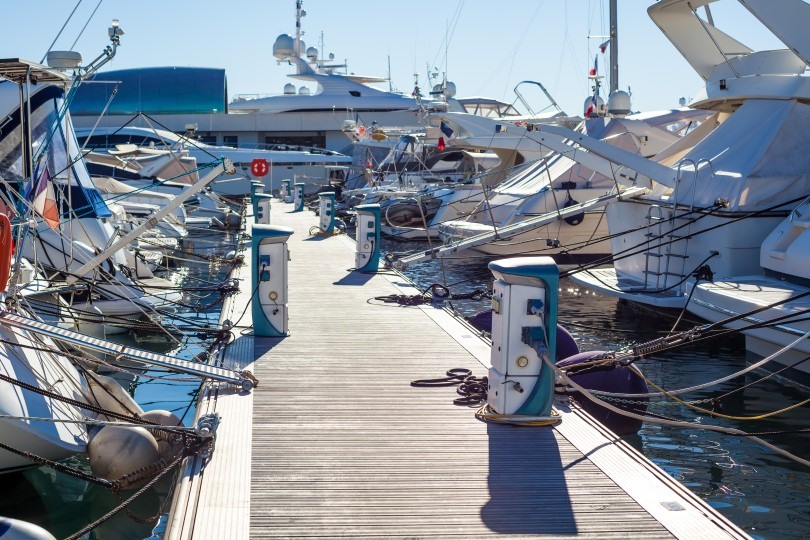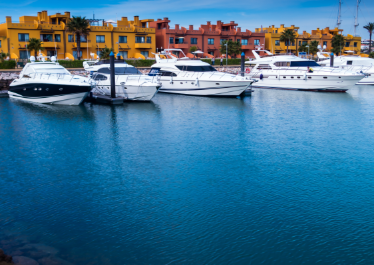Lithium, GEL or AGM battery: which type of battery for which use?

On board or on your RV, batteries play a crucial role. AGM battery, GEL battery, lithium battery... Historical technology, sealed lead batteries are gradually giving way to more modern technologies. But not all of them are equal, depending on the desired applications and the budget. Discover the advantages and disadvantages of each type of battery for each use.
Sealed lead-acid battery: a standard at the end of its life
Capable of providing a high intensity of energy at start-up, sealed lead-acid batteries are also the most widespread and less expensive technology. They therefore have the advantage of being easy to find, but quickly show their limits in terms of performance. Lead-acid batteries are indeed limited in the amount of current they are able to deliver. As an example, a 37 kg battery offers a current of 800 amps. If you need more power, you will have to add more batteries, and therefore more weight and space. This can be particularly problematic in the RV industry, where an increase in vehicle weight can result in a change of category... In addition to this poor weight/energy ratio, lead-acid batteries offer a low amount of energy storage and require regular maintenance. For all these reasons, lead-acid batteries are considered an end-of-life technology, despite their attractive price. For the general public, these batteries are worth about 220 euros for 150A
Gel batteries: ideal for emergency batteries
To operate, a battery needs plates and an electrolyte: it is between the current and the plates that the current is created. On historical batteries, this electrolyte is liquid, which is not optimal for a boat that is not meant to be stable. Thanks to a gel electrolyte, gel batteries are very resistant to vibrations. Gel batteries have been used in the industry for almost 40 years and have the advantage of a very low discharge rate, which makes them excellent candidates for all emergency applications. For example, they can be found in hospital generators, thanks to their lifespan of 10 to 20 years. Gel batteries can be tipped over, can easily withstand a list on a boat and offer 30% more storage capacity than a standard battery. They can be completely discharged and do not require any particular maintenance. Of course, all these advantages have a cost. Count about 470 euros for a 150A gel battery. Their only drawback? Their recharge is considered slow, because the battery is not adapted to high charge and discharge currents.

AGM battery: the compromise between gel and lead
AGM stands for "Absorbed Glass Mat". As the name suggests, AGM batteries have a gel electrolyte and a glass fiber separator between the plates. A hybrid version of the lead-acid and gel batteries, AGM batteries have become increasingly popular in the marine sector over the last 10 years. They offer an excellent compromise between these two technologies: more efficient than lead-acid batteries and less expensive than gel batteries. For the same weight, an AGM battery offers almost twice the power of a lead-acid battery (18kg for 800A). They also have a longer life (self-discharge rate between 1 and 3% per month). On average, AGM batteries are 30% more expensive than lead-acid batteries, but they are relatively easy to find on the market. On the other hand, it should be noted that some models do not support total discharge. It is thus advised not to exceed 80% of discharge, in order not to damage it. Price: 330 euros for 150A.
Lithium batteries: excellent performance, but high price
Although they have been around for about ten years, lithium batteries have really been democratized in the last 5 years. Based on lithium ion ferric phosphate technology, they have an energy density three times higher than lead acid batteries, for the same dimensions. This excellent power/volume ratio makes it possible to have a lot of current in small spaces. For example, it is possible to replace 4 gel batteries with a single lithium battery. The weight saving allows to double the energy capacity: a crucial point in the world of transportation!
The other big advantage of lithium batteries is that it is possible to use all the energy stored in the battery. On a traditional 100A battery, it is indeed impossible to use more than 50% of the battery, at the risk of not being able to recharge it. On the opposite, a lithium battery is capable of discharging itself to 100%! Moreover, they recharge twice as fast as traditional batteries. This is particularly interesting for boats, which can reduce the running time of the generator, for example. For all these reasons, lithium batteries have the wind in their sails... For those who can afford it. Even if their price tends to decrease from year to year, lithium batteries cost about 1500 euros. This is a significant investment, but it should be seen in the light of the lifespan and the comfort of use. As a reminder, the life of a battery is correlated to its number of cycles. While a lithium battery lasts 500 cycles, other types of batteries hardly exceed 250 charge cycles.
Once you've found the right battery, all you have to do is choose the right battery charger! As a specialist in marine and mobile applications, Dolphin Charger offers several ranges of starter and service batteries, as well as 4 ranges of battery chargers, from 10 to 100A. Discover our products !


